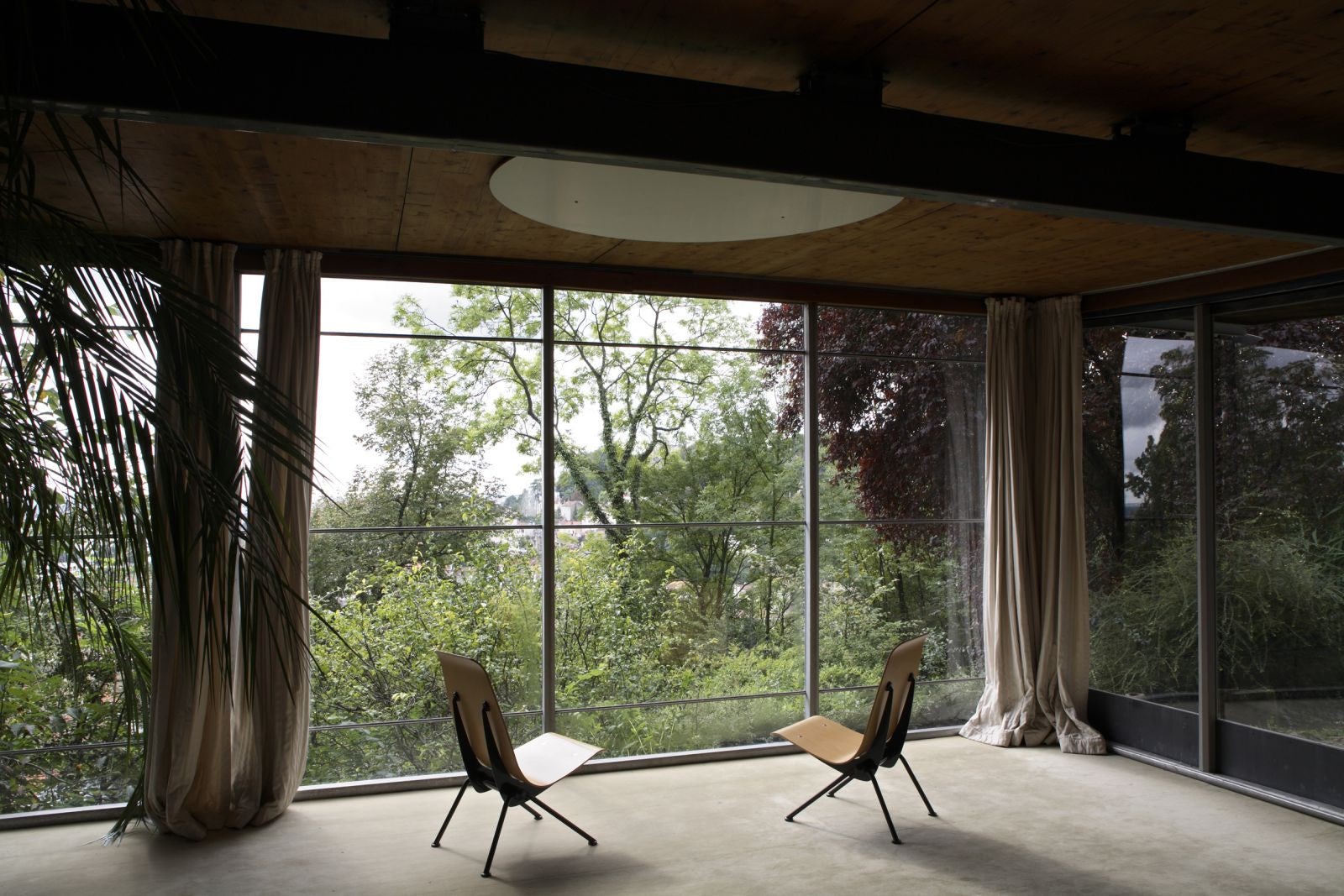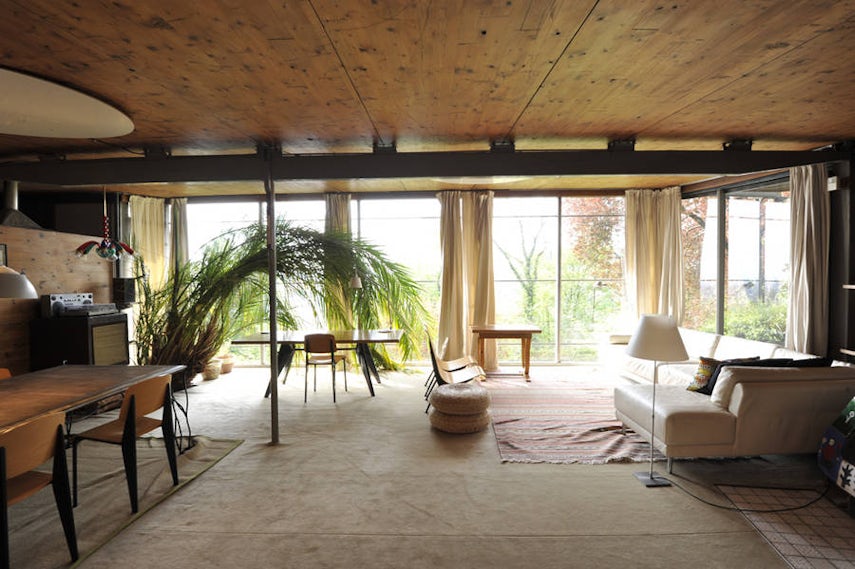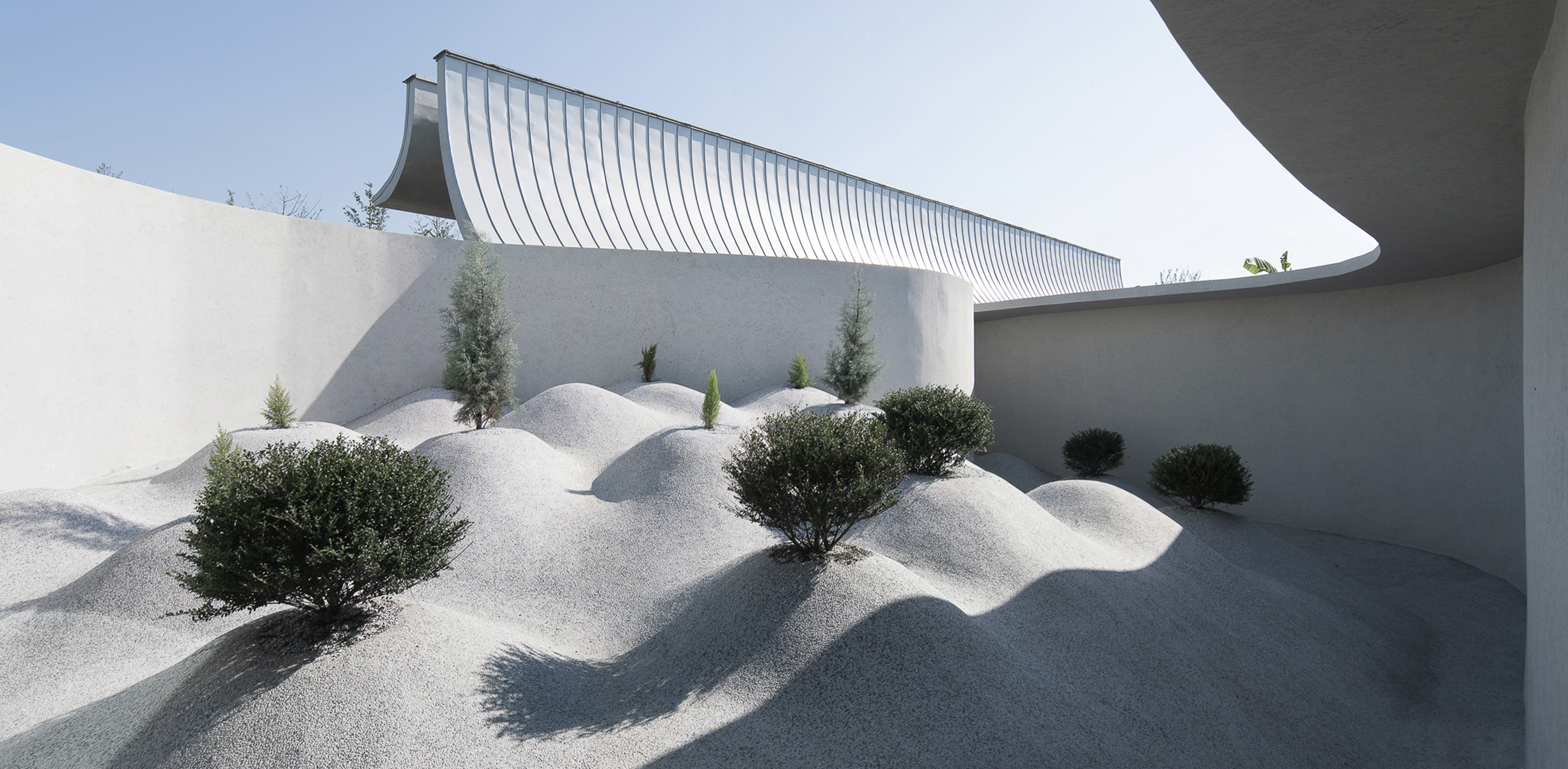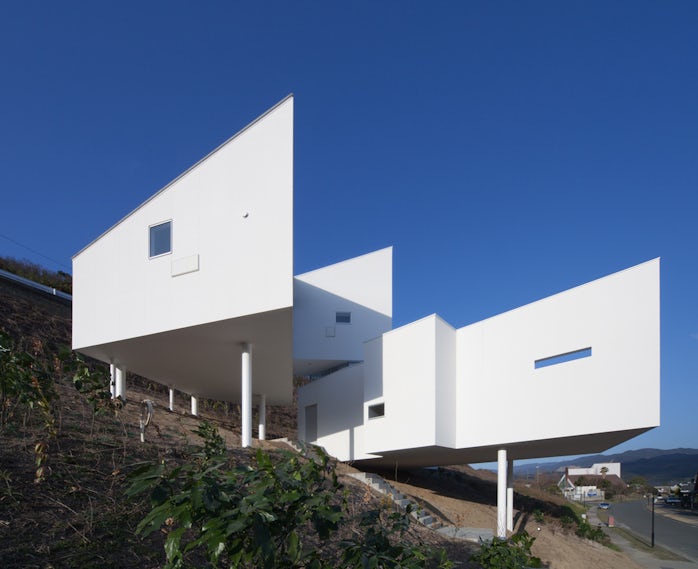Jean Prouvé’s house in Nancy is a simple structure that the architect (1901 – 1984) built for his family. A self-taught engineer and architect — nicknamed “the archetypal builder” by Le Corbusier — Prouvé was constantly attracted to innovative materials. It was his fascination with cars, planes and rockets that pushed Prouvé to manufacture houses in such a technical and rational way, as one would for industrial products. In his designs, the economy of space, work and materials is continuously maximized to find quick and affordable shelter and housing solutions.
Learn about the building techniques and frameworks used to realize the Jean Prouvé house in this unique video. The residence — set at the top of Nancy, on a steep, narrow terrace and low-quality soil — is just one story with a simple, linear layout. It was built over just a few weekends with prefabricated panels, partitions and metal shutters from previous projects, which Prouvé had preserved as leftovers from his past works.
“Everything I ever made was with the intention of being immediately constructed. I never visualized or imagined what the form would be. I had no style, I never designed shapes, I constructed things that had a shape,” says Jean Prouvé. “[The house] has been a bit thrown together, but all the different elements were fixed together without any problem because they were all part of an integrated production plan,” says Prouvé, further building on the principles of economy and simplicity that grounded his designs throughout time.

Throughout his career, Prouvé was successful at developing easy-to-assemble construction techniques, reflecting even the shapes and assemblages of his mechanic and furniture designs. It was thanks to those innovative models and prototypes of assemblage that Prouvé contributed to building refugee housing at the end of World War II.

“Every period should be marked by its own time, but I think that architecturally speaking, at present — apart from a few exceptions — nothing is marking our period,” explained Jean Prouvé at the end of his life. “I think it’s heartbreaking that it should be the exception. Everything made for the greatest number is ugly, dreadful, misleading, fraudulent. That’s what I think is so serious. You can’t tell what things are made of. They will use anything at all, as long as it looks like something they know. In the end, it’s an apology for formalism. And for me, formalism is the negation of architecture.”
The video was directed by Stan Neumann and coproduced by the Centre Pompidou, the Ministère de la Culture et de la Communication Direction de l’Architecture et du Patrimoine, ARTE France and les Films d’Ici, with the support of the Centre National de la Cinématographie. Complimentary images from the Musée des Beaux Arts de Nancy




